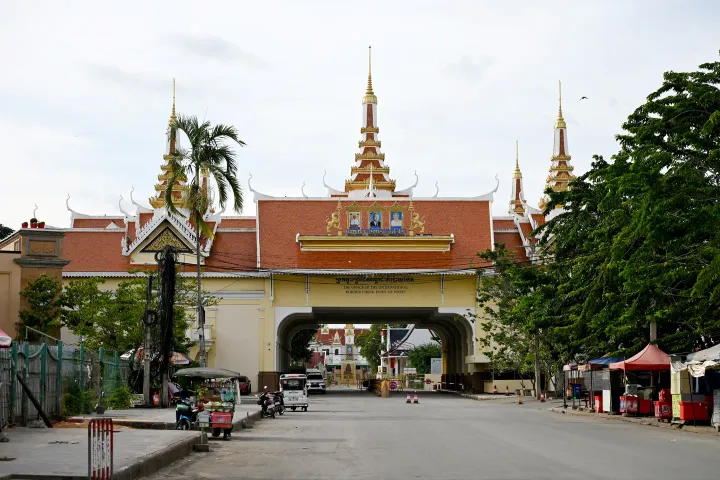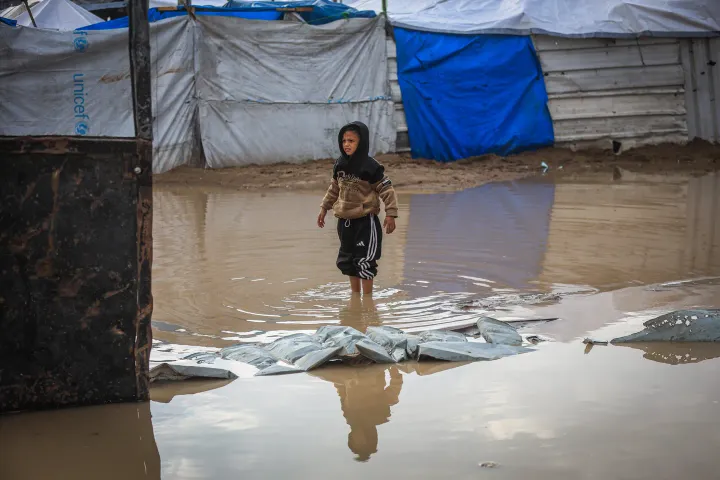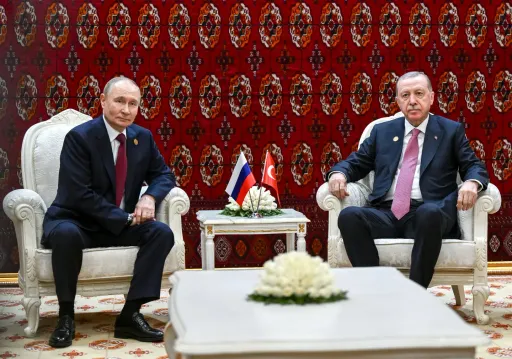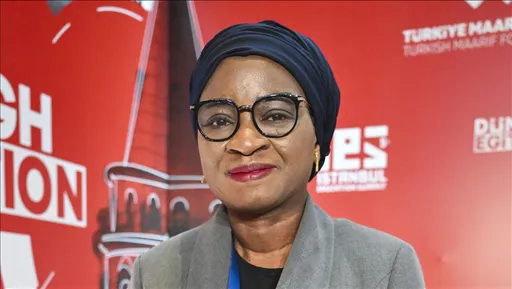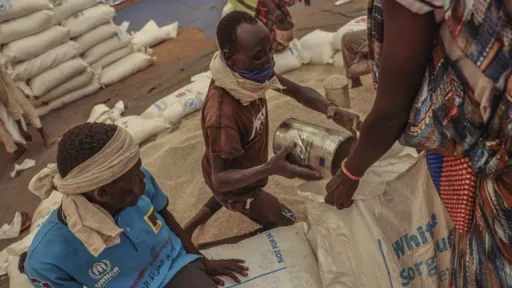By Abdulwasiu Hassan
Perceptions cling to the obvious, like the tip of an iceberg screaming its presence over a submerged mass of unseen layers.
As the Democratic Republic of Congo commemorates 64 years of independence on June 30, it also marks six-and-a-half decades of being perceived as a cauldron of conflict, poverty and suffering for most of its colonial and modern history.
But that's based on what the headlines usually tell the world about this Central African republic.
Scrape the veneer and the vast French-speaking nation reveals sights, sounds and splendours that project it in a different light.
Here are some of the things you probably missed in the maze of mostly negative news about the DRC:
Sprawling landmass
At2.345 million sq km, the DRC is the continent's second-largest country after Algeria in landmass. That's around 60% of Western Europe, which comprises France, Germany, Spain, and the UK, among other smaller nations.
Most of the country lies within the Congo basin and boasts a variegated landscape that spans rainforests, mountains, volcanoes, and plateaus that gradually merge into savannas.
Petroleum exporter
The DRC is an oil-producing country with proven reserves of 180 million barrels of crude and an estimated reservoir exceeding five billion barrels. According to the online data platform OEC World, the country earned US $916 million from crude oil exports in 2022.
Congolese oil production is currently limited to the coastal basin, which yields 25,000 barrels a day of offshore output, all of which is exported.
Lake Kivu, which the DRC shares with Rwanda and Burundi, is estimated to contain nearly 60 billion cubic meters of dissolved methane, which can be harnessed for electricity generation.
Hydroelectric power
The country's lifeline is the Congo River, after which it is named. It is Africa's second-longest river and the world's third-largest by discharge volume.
The river is estimated to have the potential to generate 100,000 megawatts of hydroelectric energy. According to the African Union, the DRC currently accounts for 13% of the world's hydroelectricity potential.
The National Rural and Peri-urban Electrification and Energy Services Agency aims to connect at least 15 million more people to electricity by 2025.
Copper treasure
The DRC remains one of the world's significant repositories of copper, a crucial component of electrical wiring and motors.
Copper mining is concentrated along the famed copper belt in the southern Katanga province. This geological reserve stretches approximately 70km wide and 250km long between Lubumbashi and Kolwezi.
Not surprisingly, copper is one of Congo's major foreign exchange-earners. According to OEC World, the country earned $16.3 billion from refined copper exports in 2022.
Cobalt source
Congo is also a significant source of cobalt, a raw material used to make many things that power modern lifestyles.
Cobalt is a key component of rechargeable batteries that drive mobile phones, laptops, and electric vehicles. Naturally occurring cobalt is also an essential element in vitamin B12, which plays a role in human and animal metabolism.
The DRC is the source of over 70% of the global cobalt supply. Based on economic and other projections, this will likely remain the case until state mining of this resource increases in different countries.
Coltan reserves
DRC is the world's leading producer of coltan or columbite-tantalite, a seemingly unremarkable metallic ore with a dull black appearance.
Two elements extracted from coltan — niobium and tantalum— play significant roles in modern technology, powering mobile phones, personal computers, automotive electronics, and cameras.
Diamond storehouse
Congo ranks among the world's top diamond producers by volume.
Tshikapa, which stands along the Kasai about 50km north of the Angolan border, is acknowledged as the DRC's diamond mining district.
Since the first diamond was discovered in the area in 1907, the region has weathered many regulatory changes while remaining an integral part of an $81.4-billion industry.
Glitter of gold
This central African country is blessed with gold deposits estimated to be worth $28 billion.
Although gold mining in the DRC is still largely artisanal, experts believe the sector has immense potential that can be tapped with focused investments and adequate regulation.
Tourism splendours
While DRC's mineral wealth often takes the spotlight, tourism offers a rare blend of attractions.
The country is home to an array of wildlife that can be seen in their natural habitats, including mountain gorillas, bonobos, and the elusive okapi — a species found nowhere else in the world.
DRC also boasts the world's largest lava lake atop Mount Nyiragongo, regarded as a mesmerising geological phenomenon.
Then there is Virunga, established in 1925 as Africa's first national park. This UNESCO World Heritage site in the Albertine Rift Valley is a major driver for tourism in the DRC.
Tropical forests
According to worldrainforest.com, the DRC has the world's second-largest span of tropical rainforest. The country's forest cover extends to approximately 152.6 million hectares, constituting 67.3% of its total area.
These lush forests are a crucial link in the global ecosystem, harbouring countless species, including rare and endangered ones.
Besides tropical forests, the DRC has dry forests (19%), swamp forests (4%), and mountain forests (2%).
➤ Click here to follow our WhatsApp channel for more stories.

